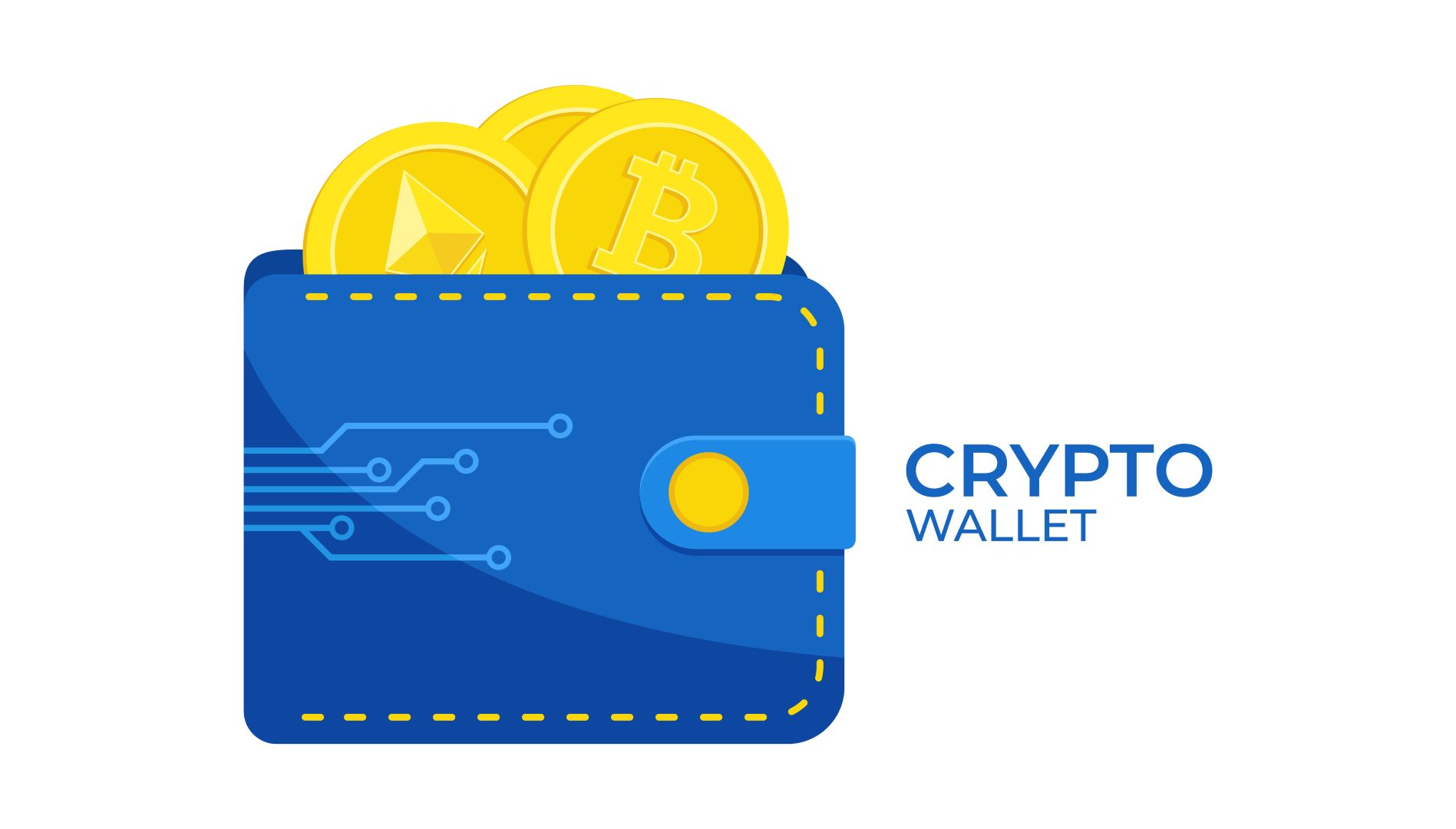So, how do you get a wallet for Crypto & NFTS? The term ‘wallet’ is somewhat of a misnomer as crypto wallets don’t store cryptocurrency in the same way physical wallets hold cash. Instead, they read the public ledger to show you the balances in your addresses. A wallet holds the private keys that enable you to make transactions, such as downloading or purchasing crypto, NFTS, or other digital assets.
With what seems to be an unlimited number of options, selecting the right type of wallet is the first step. Crypto wallets support different types of coins. Most hold Bitcoin (BTC) while some only handle Ethereum (ETH). More about that later in this article. There are 2 types to know about: Hot wallets are connected to the internet, while cold wallets live offline.
Hot Wallet
A hot wallet is a wallet that is always connected to the internet, and it allows you to store, send, and receive tokens using both public and private keys to facilitate transactions. Because hot wallets are connected to the internet, they tend to be more vulnerable to hacks and theft than cold storage methods. Use a hot wallet for transactions only, then move assets to a cold wallet.
Cold Wallet
A cold wallet is used for storing crypto and other digital assets. It is not connected to the internet, making it difficult to remotely steal the assets stored in it. A hardware wallet is typically a USB drive device that stores a user’s private keys securely while allowing viewing of the portfolio without putting private keys at risk. Cold wallets are the most secure way to store your Bitcoin or other cryptocurrencies / digital assets.
Seed Phrase – Your Personal Keys
When you set up your wallet account, you’ll provide a password, and then you’ll receive a 12-word “seed phrase”, which is unique. Make sure to write this down on paper and store it in a secondary electronic place like on a portable flash drive, as the seed phrase is NOT recoverable. If you lose it, you’ll never be able to access digital assets in your wallet.
Common Wallets
Common hot wallets include Coinbase (BTC or ETH) or Metamask (for ETH only). Learn how to download and set up your wallet by watching these videos:
Coinbase Wallet How-To Video: YouTube Video
Metamask Wallet How-To Video: YouTube Video
Wallets Run on a Blockchain
- Layer 1 Blockchain – Layer 1 refers to the underlying blockchain architecture, i.e., the actual blockchain itself. The two most common are Bitcoin (BTC) and Ethereum (ETH).
- Layer 2 Blockchain – is a term used to describe a specific set of Ethereum scaling solutions, called dApps, which are on-chain secure apps for productivity, gaming, social channels, etc. Ethereum has the most comprehensive tooling and infrastructure when compared to other layer 1 protocols. Bitcoin has no DeFi functionality, but people buy Bitcoin simply because they see it as digital gold, and believe that it will rise in price, over time.
Keeping your digital assets safe is key. Like a lottery ticket, it’s not any good if you don’t know where it is or how to cash it in.



